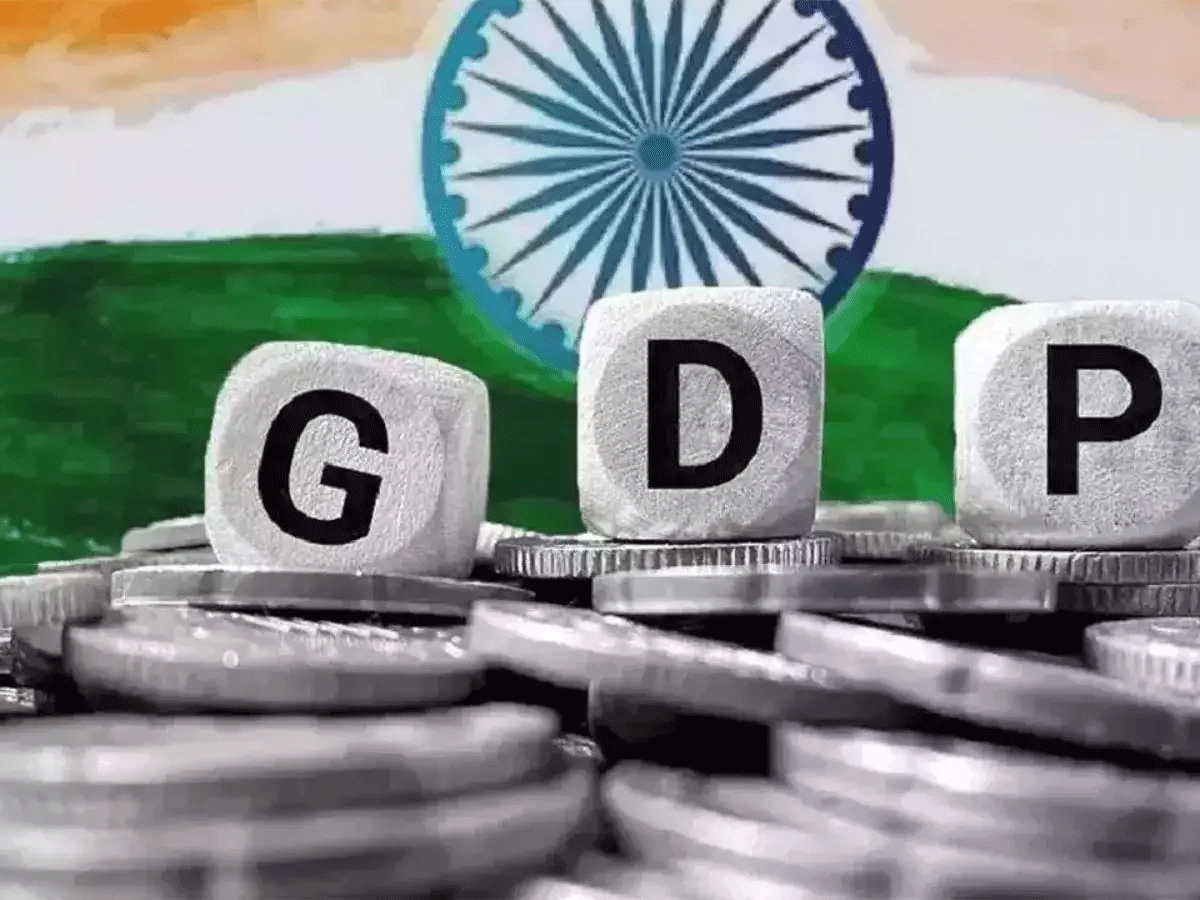- Courses
- GS Full Course 1 Year
- GS Full Course 2 Year
- GS Full Course 3 Year
- GS Full Course Till Selection
- Answer Alpha: Mains 2025 Mentorship
- MEP (Mains Enrichment Programme) Data, Facts
- Essay Target – 150+ Marks
- Online Program
- GS Recorded Course
- Polity
- Geography
- Economy
- Ancient, Medieval and Art & Culture AMAC
- Modern India, Post Independence & World History
- Environment
- Governance
- Science & Technology
- International Relations and Internal Security
- Disaster Management
- Ethics
- NCERT Current Affairs
- Indian Society and Social Issue
- NCERT- Science and Technology
- NCERT - Geography
- NCERT - Ancient History
- NCERT- World History
- NCERT Modern History
- CSAT
- 5 LAYERED ARJUNA Mentorship
- Public Administration Optional
- ABOUT US
- OUR TOPPERS
- TEST SERIES
- FREE STUDY MATERIAL
- VIDEOS
- CONTACT US
Economic Survey 2025 – A Guide to India’s Fiscal Roadmap
Economic Survey 2025 – A Guide to India’s Fiscal Roadmap
31-01-2025

Overview
- The Economic Survey 2025, released on January 31, 2025, serves as the government’s annual report card on India’s economic health.
- Prepared by the Ministry of Finance, this document precedes the Union Budget (February 1, 2025)
- It Acts as a bridge between economic realities and policy decisions, it shapes debates in Parliament and guides stakeholders—from policymakers to businesses—in understanding India’s economic trajectory.
Key Highlights
History of the Economic Survey:
1. What is the Economic Survey?
- An annual report analyzing India’s economic performance, covering GDP, inflation, employment, and fiscal deficit.
- Purpose: To inform budgetary decisions, highlight challenges, and recommend growth strategies.
2. Structure:
- Part A: Focuses on macroeconomic trends, fiscal policies, and sectoral performance (e.g., agriculture, manufacturing).
- Part B: Addresses socio-economic challenges, including trade balances, foreign exchange reserves, and inclusive growth.
- The first Economic Survey was published in 1950-51 as a "white paper" within the budget papers
- Became an independent document in 1964, evolving into a critical tool for economic policymaking.
- Initially, the survey relied on secondary data due to the scarcity of readily available figures and analysts
- Over time, the survey has expanded in scope and become a primary data source for those outside the government
- The survey has been influenced by the Chief Economic Advisor (CEA) and has become more opinionated over the years
- However, since 2021-22, the Economic Survey has reverted to its classic template, focusing on hard facts and less on opinions
Why Is It Released Before the Union Budget?
The pre-Budget release serves three key roles:
- Contextual Foundation: Offers an evidence-based snapshot of the economy to guide Budget allocations.
- Issue Identification: Flags challenges like inflation, unemployment, and fiscal gaps that require urgent attention.
- Policy Direction: Recommends strategies for sustainable growth (e.g., boosting exports, managing deficits).
Preparation & Presentation
- Prepared By: The Economic Division of the Department of Economic Affairs (Ministry of Finance), led by the Chief Economic Advisor (CEA).
- Data Sources: Government departments (e.g., NSO), RBI, and international institutions like the IMF and World Bank.
- Presentation:
- Date & Time: January 31, 2025; tabled in Lok Sabha at 12 PM and Rajya Sabha at 2 PM by Finance Minister Nirmala Sitharaman.
- Access: Live-streamed on Sansad TV, PIB India, and official social media channels. Full text available on the India Budget website.
Key Metrics Analyzed
- GDP Growth: Assesses overall economic output and sectoral contributions (e.g., services, manufacturing).
- Inflation: Trends in food, fuel, and core inflation, impacting household budgets and RBI’s monetary policies.
- Employment: Job creation rates, labor force participation, and gig economy trends.
- Fiscal Deficit: Gap between government revenue and expenditure, influencing borrowing and public investments.
Why Does It Matter?
- Informs the Budget: The Survey’s insights directly shape tax reforms, subsidies, and welfare schemes in the Union Budget.
- Guides Stakeholders: Businesses use it to anticipate policy shifts, while investors gauge market opportunities.
- Transparency: Offers citizens a clear picture of economic priorities, from climate resilience to digital infrastructure.
Challenges & Expectations for 2025
While the Survey is a robust analytical tool, its effectiveness depends on:
- Data Accuracy: Timely and reliable data collection, especially in informal sectors.
- Balanced Priorities: Addressing inflation control vs. growth stimulation.
- Inclusivity: Ensuring policies benefit marginalized groups, including rural MSMEs and women workers.
What Did the Last Economic Survey Show?
|
Conclusion
The Economic Survey 2025 underscores India’s commitment to evidence-based governance. By diagnosing economic strengths and vulnerabilities, it equips the government to craft a Budget that balances growth with stability. For citizens, it demystifies complex economic trends, fostering informed public discourse. As India navigates global headwinds and domestic aspirations, this document remains a cornerstone of democratic accountability and strategic planning.
|
Also Read |
|
UPSC Foundation Course |
UPSC Daily Current Affairs |
UPSC Monthly Mgazine |
CSAT Foundation Course |
Free MCQs for UPSC Prelims |
UPSC Test Series |
ENSURE IAS NOTES |
Our Booklist |




